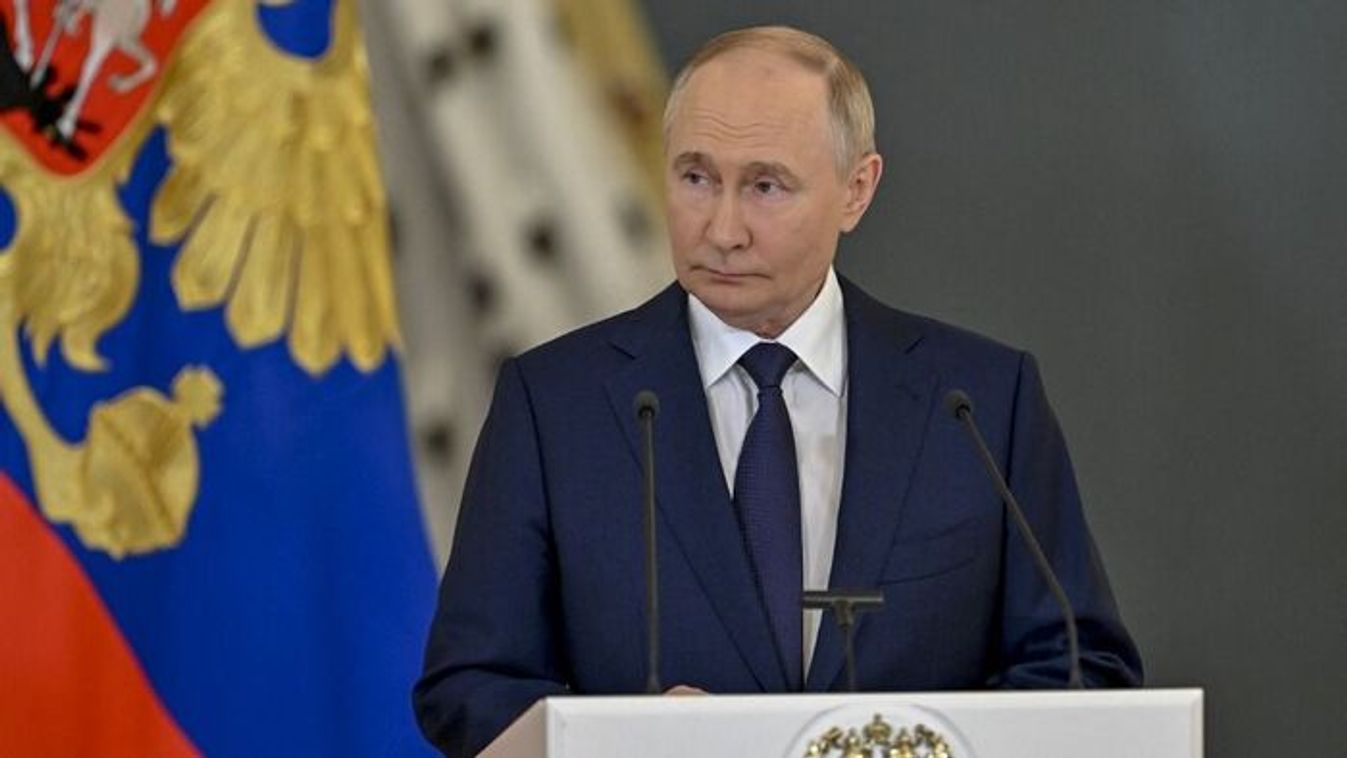Renminbi and Reality

But this round of China-bashing appears stranger than the last one. When Congress pressed China for a large currency revaluation in 2004-2005, China’s current-account surplus was rising at an accelerating pace. This time, China’s current-account surplus has been shrinking significantly, owing to the global recession caused by the collapse of the US financial bubble. China’s total annual surplus (excluding Hong Kong) now stands at $200 billion, down by roughly one-third from 2008. In GDP terms, it fell even more, because GDP grew by 8.7% in 2008.
Back then, pegging the renminbi to the dollar pushed down China’s real effective exchange rate, because the dollar was losing value against other currencies, such as the euro, sterling, and yen. But this time, with the dollar appreciating against other major currencies in recent months, the relatively fixed rate between the dollar and the renminbi has caused China’s currency to strengthen in terms of its real effective rate.
Of course, there are other sources of friction now that did not seem as pressing five years ago. America’s internal and external deficits remain large, and its unemployment rate is both high and rising. Someone needs to take responsibility, and, as US politicians don’t want to blame themselves, the best available scapegoat is China’s exchange rate, which has not appreciated against the US dollar in the past 18 months.
But would a revaluation of the renminbi solve America’s problems? Recent evidence suggests that it would not. Between July 2005 and September 2008 (before Lehmann Brothers’ bankruptcy), the renminbi appreciated 22% against the dollar. Yet the quarterly US current-account deficit actually increased – from $195 billion to $205 billion.
Most economists agree that the renminbi is probably undervalued. But the extent of misalignment remains an open question. The economist Menzie Chinn, using purchasing power parity (PPP) exchange rates, reckoned the renminbi’s undervaluation to be 40%. But, after the World Bank revised China’s GDP in PPP terms downward by 40%, that undervaluation disappeared. Nick Lardy and Morris Goldstein suggest that the renminbi was probably undervalued only by 12-16% at the end of 2008. And Yang Yao of Beijing University has put the misalignment at less than 10%.
But assume that China does revalue its currency sharply, by, say, 40%. If the adjustment came abruptly, Chinese companies would suffer a sudden loss of competitiveness and no longer be able to export. The market vacuum caused by the exit of Chinese products would probably be filled quickly by other low-cost countries like Vietnam and India. American companies cannot compete with these countries either. So no new jobs would be added in the US, but the inflation rate would increase.
Now assume that the renminbi appreciates only moderately, so that China continues to export to the US at higher prices but lower profits. This would push up inflation rates significantly, forcing the US Federal Reserve to tighten monetary policy, thereby quite possibly undermining America’s recovery, which remains unsteady. New difficulties in the US and China, the world’s two largest economies, would have a negative impact on global investor confidence, hurting US employment even more.
In both scenarios, US employment would not increase and the trade deficit would not diminish. So then what? The historical evidence from the 1970’s and 1980’s, when the US consistently pressed Japan to revalue the yen, suggests that US politicians would most likely demand that the renminbi appreciate even more.
The exchange rate measures the relationship between at least two currencies, whose values are based on the productivity and domestic balance of their respective national economies. Causes for misalignment may be found on both sides. If the US dollar needs to devalue because of fundamental disequilibrium in the US economy, the problems cannot be fixed by lowering the dollar’s value alone.
Of course, there are problems with China’s external imbalance with the US, such as excessive national savings (which account for 51% of China’s GDP) and distortions in the prices of energy and other resources. All those problems contribute to the imbalance, and China should fix them.
But we should realize that there are fundamental causes for the imbalance on the US side as well, such as over-consumption financed by excessive leverage and high budget deficits. Only when both sides make serious efforts to fix their domestic fundamentals will the imbalances be reduced in a serious and sustained way. Short-run exchange-rate adjustments simply cannot fix negative long-term trends.
China may resume a “managed float” of its exchange rate, particularly if the uncertainty of the overall post-crisis economic situation diminishes. In choosing whether or not to do so, its policymakers may weigh factors ranging from China’s international responsibilities to the potential damage of foreign protectionism or even a “trade war.” What is certain, however, is that China’s politicians have a domestic agenda just like the Americans. The key element of that agenda is to maintain employment growth.
One-third of China’s labor force remains in agriculture, earning only about half what migrant workers in China’s booming cities earn. (Per-capita earnings for China’s farmers may rise to $770 if the renminbi appreciates by 10%, but of course that is only a US dollar-term revision, with Chinese farmers feeling no increase at all). Getting more farmers into better-paid manufacturing and service-industry jobs will mean not only a reduction in poverty, but lower income disparity. By any moral standard, that goal is at least as important as anything on America’s agenda.
The author is Professor of Economics at Beijing University and the Chinese Academy of Social Sciences, Director of China’s National Economic Research Institute, Secretary-General of the China Reform Foundation, and a member of the Monetary Policy Committee of the People’s Bank of China.
© Project Syndicate 1995–2010













